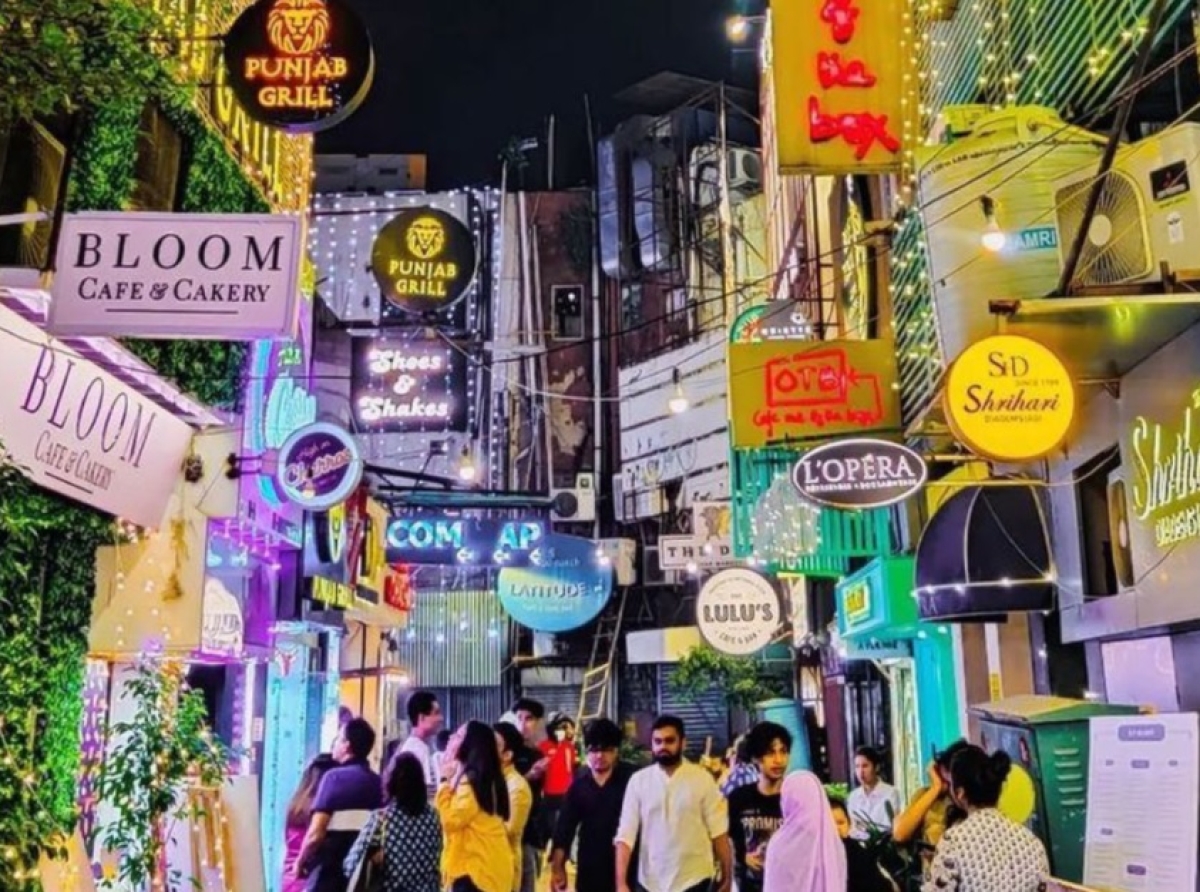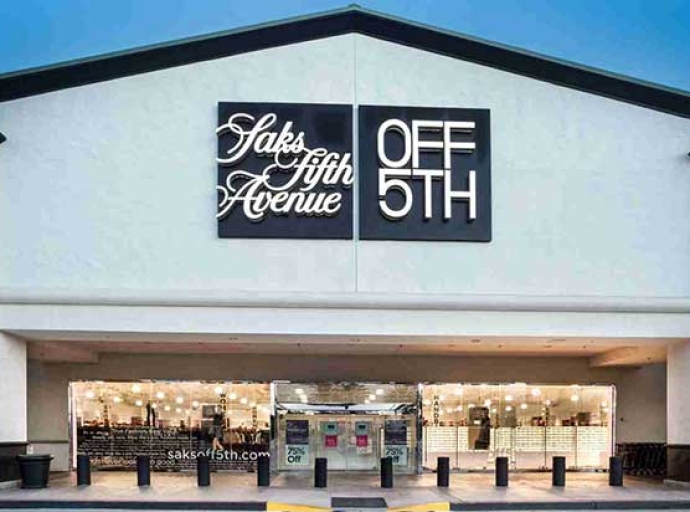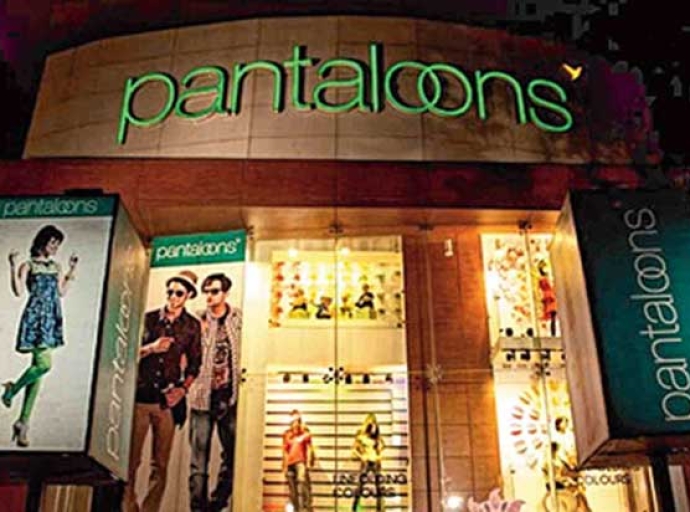Delhi’s Khan Market continues to be India’s top most expensive high street destination

27 November 2024, Mumbai
The 34th edition of Cushman & Wakefield's flagship retail report’s ‘Main Streets Across The World 2024’, is out. The report has once again placed India on the global retail map. It highlights the growing popularity of Indian retail destinations, particularly Delhi's upscale Khan Market, which has retained its position as the 22nd most expensive high-street retail location globally.
A decade of transformation
India's retail landscape has undergone a transformation over the past decade. Economic liberalization of the 1990s paved the way for foreign direct investment (FDI) in retail sector, leading to the growth of modern retail formats like malls and hypermarkets.
What’s driving India's retail growth is a growing middle class with higher disposable incomes that has resulted in spending on retail goods and services. Rapid urbanization too has led to the emergence of new urban centers, creating opportunities for retailers to tap into growing consumer demand. At the same time, the rise of e-commerce has revolutionized the retail industry, offering consumers a wider range of products and convenient shopping experiences. Initiatives like ‘Make in India’ and ‘Digital India’ have further given a boost while promoting domestic manufacturing and digitalization.
Khan Market remains India's premier retail destination
Khan Market, the historic market in Delhi, has consistently ranked among the world's most expensive retail streets. The market's prime location, exclusive retail offerings, and affluent clientele have contributed to its high rental rates.
Table 1: India's Top 3 most expensive retail high streets
|
Rank |
Location |
Annual rental per sq. ft. in $ |
|
1 |
Khan Market, Delhi |
229 |
|
2 |
Connaught Place, Delhi |
158 |
|
3 |
Galleria Market, Gurgaon |
156 |
Economic volatility, rising costs a dampener
While India's retail sector is poised for continued growth, it faces several challenges viz.
Economic volatility: Economic fluctuations can impact consumer spending and retail sales.
Rising real estate costs: High real estate costs can limit retail expansion and increase operational expenses.
Intense competition: Intense competition from both domestic and international retailers can erode profit margins.
To address these challenges, retailers must focus on omnichannel retailing which involves integrating online and offline channels to provide seamless customer experiences. Leverage data analytics to understand consumer behavior and optimize operations this will help in decision making. And more importantly adopt sustainable practices to reduce environmental impact and attract eco-conscious consumers.
And most Indian retailers have taken up the challenge and adopted changes. For example, Reliance Retail, a subsidiary of Reliance Industries, has emerged as one of India's leading retail companies. By leveraging its strong brand reputation, extensive distribution network, and innovative retail formats, Reliance Retail has successfully captured a significant market share.
Thus as the country continues to grow, the retail industry is expected to play an important role in driving economic growth and creating jobs. With innovation, adapting changing consumer preferences, and addressing challenges proactively, Indian retailers can capitalize on the immense potential of the market.
Latest Publications
































